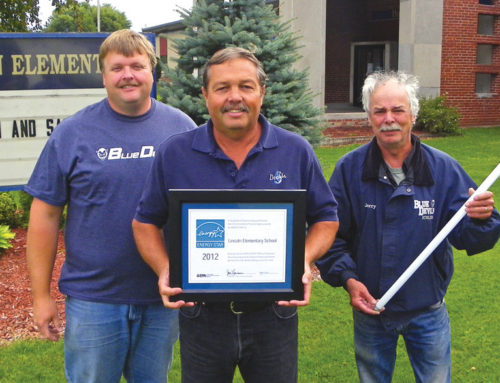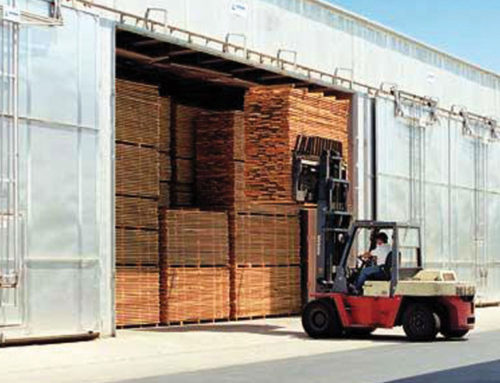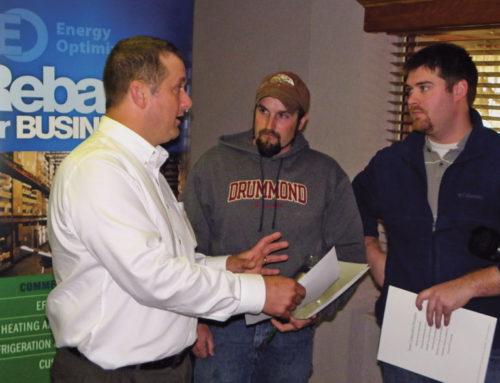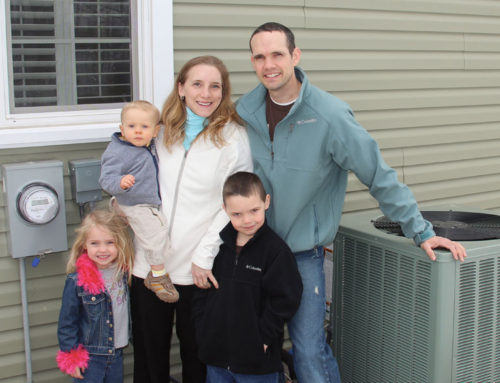If you’ve ever wanted to make energy efficiency improvements to your home but wondered where to start, Matt Rosendaul can help.
Matt, owner of Great Lakes Home Performance LLC, in Eagle, is certified through the federal Energy Star® program. He uses technology and experience to give you the information you’ll need to make the wisest choices.
And he understands how the average homeowner feels, since he became a certified energy auditor out of personal necessity. At the time, the sports bars he owned and managed kept him busy with long hours. But his home, a Victorian-era building in Charlotte, racked up monthly utility bills of nearly $700.
“I didn’t know where to start,” he says, “but I’ve always been a hands-on person. I knew there was science behind the sales pitches I’d heard about various energy improvements, so I went to the state’s Energy Office.
“One thing led to another and I found my calling—and, it keeps me busy.”
Today, Great Lakes Home Performance is run from his home, served by HomeWorks Tri-County Electric. His wife is the administrative staff, keeping the books. Two field technicians help him work on over 200 new construction and remodeling projects a year, all over Michigan.
His own home demonstrates the cost savings of various energy measures.
“Our home was built in 1965, and it needed all the improvements. We used to use 1,800-2,200 gallons of propane a year. Last year, after we made the upgrades, but using the same 80 percent efficient boiler, we used 575 gallons.
“We did things like R32 foundation walls, R60 attic insulation, to make it air-tight. With solar panels, we could be close to net-zero energy use,” he says.
Whether you choose a quick energy audit, which involves a blower door test and a visual inspection of all energy elements from windows to furnace, or a comprehensive audit that involves software modeling of your home, Matt can give you a list of your best bets for energy upgrades.
And the consultation doesn’t end when the audit is completed. “I encourage homeowners to have their contractors call me for more information—in effect, they’re leasing my brain power,” Matt says.
The most common energy flaw, he notes, is air infiltration, “the non-obvious things you can’t see,” such as the connections between the house and garage, or into the attic or basement. You can only find these with a blower door test, trained eyes, and maybe an infrared camera, he says.
Matt’s easy tips: Go for low-hanging fruit, by installing compact fluorescent lightbulbs (CFLs) and a programmable thermostat. Get your furnace tuned up to make sure it’s running efficiently.
Then, fix the obvious stuff first. Before blowing in cellulose insulation to your attic, air seal around the attic access door. (Most houses don’t have enough attic insulation, Matt says. In Michigan, “enough” is R49-50, or about 13-15 inches of cellulose.
Make sure the foundations are insulated—a lot of people underestimate how much is needed. Consider your basement a conditioned space, even if it’s uninsulated or unfinished.
Crawlspaces, especially if they’re vented, cause high energy bills. Insulate them and seal the ductwork.
Visit greatlakeshomeperformance.com for more tips like these, information about home energy audits, or to take advantage of Matt’s free library.





